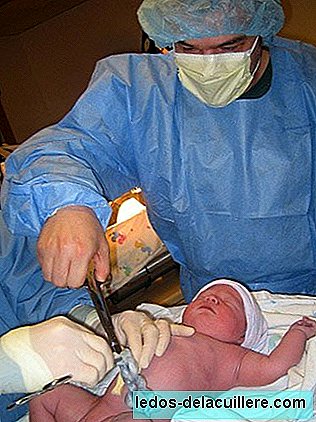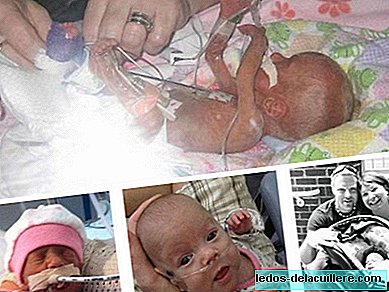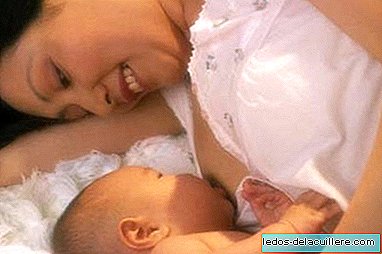
Although research in recent years supports that late cutting has benefits for the mother and baby, in practice still not enough time is expected to cut the cord at birth.
What WHO (World Health Organization) says based on studies in this regard, is that there is no scientific evidence that premature cord cutting, immediately after the baby is born, has special benefits. On the other hand, if three or four minutes are expected, which is the approximate time it will take for the cord to stop beating, there is an exchange of blood between the mother and the newborn that contributes, among other things, to preventing anemia in the childhood.
We have already mentioned in detail the benefits of late cord clamping, both immediate and long-term benefits in preterm and term infants. But it seems that it is still difficult to modify this practice in childbirths.
In an article published in the latest issue of the British Journal, David Hutchon, a retired gynecologist, asks the following question: Why do obstetricians and midwives still rush to cut the cord?
He claims that it is time for doctors to follow the recommendations of WHO. Premature clamping, the intervention of cutting the cord immediately, has become the accepted norm to such an extent that late clamping, which from the physiological point of view is normal, has become abnormal.
Of course, each birth is a world and the obstetrician is there to decide what is best for the baby and the mother in each case, but the call to review the bad practices that have become routine is the first step to return to a childbirth care with fewer interventions and therefore, with greater benefit for mothers and babies.












